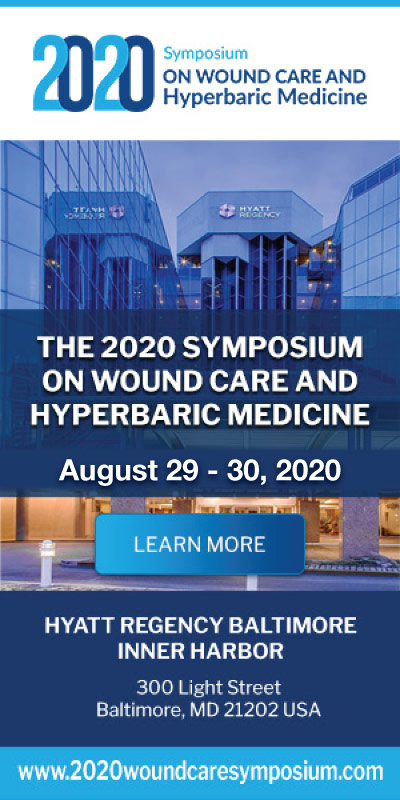August 2024
Exploring HBOT: A Powerful Solution for Wound Healing
In the realm of wound care, innovation continues to pave the way for more effective treatments, improving outcomes and quality of life for patients. Among these groundbreaking therapies, hyperbaric oxygen therapy (HBOT) stands out as a valuable tool in the arsenal against stubborn wounds. At MVS Wound Care in Maryland, we’re dedicated to providing cutting-edge solutions for our patients, and HBOT is one of the cornerstones of our approach.
What Is Hyperbaric Oxygen Therapy and Which Wounds Can It Treat?
Hyperbaric oxygen therapy involves breathing 100% pure oxygen in a pressurized room or chamber. By increasing the amount of oxygen in the bloodstream and tissues, HBOT promotes the body’s natural healing processes, accelerating tissue repair and regeneration. This therapy has proven effective in treating a variety of conditions, including:
- Diabetic Foot Ulcers: Diabetic foot ulcers are a common and serious complication of diabetes. Reduced blood flow and nerve damage in the feet can lead to slow-healing wounds that are prone to infection. HBOT helps stimulate angiogenesis, the formation of new blood vessels, and enhances the delivery of oxygen to tissues, promoting healing of diabetic foot ulcers.
- Chronic Non-Healing Wounds: Chronic wounds, such as venous ulcers and pressure ulcers, can be particularly challenging to heal due to underlying health issues, poor circulation, or underlying bone infection or tissue infection. HBOT addresses these challenges by providing oxygen-rich blood to the wound site, improving cellular function and fostering tissue regeneration.
- Radiation-Induced Tissue Damage: Cancer patients who undergo radiation therapy may experience tissue damage as a side effect of treatment. HBOT has been shown to mitigate the effects of radiation-induced injury by promoting growth of new blood vessels and reducing inflammation in affected tissues.
- Non-Healing Surgical Wounds: In some cases, surgical wounds may fail to heal properly due to underlying health conditions or complications due to infection, or poor blood supply. HBOT can be a valuable adjunct therapy in these situations, helping to optimize the wound healing process and prevent further complications.
- Arterial Insufficiency (CRAO): While not a wound in the traditional sense the eye is wounded from lack of sufficient blood flow. Central Retinal Artery Occlusion is a relatively rare emergent condition of the eye resulting in sudden painless vision loss. A wide variety of treatment modalities have been tried over the last 100 years with little or no success, with the exception of HBOT. Under HBOT conditions the choroid is capable of supplying 100% of the oxygen needed by the retina and possibly restoring eyesight.
- Carbon Monoxide Poisoning: While also not a wound in the traditional sense, carbon monoxide poisoning causes tissue hypoxia (oxygen deprivation) and can lead to severe neurological and cardiovascular complications. HBOT rapidly eliminates carbon monoxide from the bloodstream and enhances tissue oxygenation, reducing the risk of long-term sequelae.
- Compromised Grafts and Flaps: Grafts and flaps can become compromised and require urgent intervention for salvage. These instances can include irradiated or otherwise hypoxic wound beds, excessively large, harvested grafts, random flap ischemia, venous or arterial insufficiency, and ischemia-reperfusion injury. HBOT can enhance graft and flap survival by several methods including decreasing the hypoxic insult, enhancing fibroblast function and collagen synthesis, stimulating angiogenesis and inhibiting ischemia-reperfusion injury.
- Sudden Sensorineural Hearing Loss: Sudden sensorineural hearing loss presents as the abrupt onset of hearing loss. Approximately 88% of sudden sensorineural hearing loss has no identifiable etiology and is termed idiopathic sudden sensorineural hearing loss. HBOT has been beneficial in helping restore hearing loss by supplying an extremely high oxygen supply to the area of injury within the ear, the cochlea.
- Chronic Refractory Osteomyelitis: Chronic refractory osteomyelitis is a bone infection that persists or recurs after appropriate interventions have been performed or where acute osteomyelitis has not responded to accepted management techniques. HBOT allows for the restoration of normal to elevated oxygen tensions in infected bone. In osteomyelitis the bone is hypoxic. HBOT also allows for the increased transport of antibiotics into the infected bone.
Contact MVS Woundcare to Learn More about HBOT
MVS Woundcare is committed to providing personalized care tailored to each patient’s unique needs. Our experienced team of wound care specialists works closely with patients to develop comprehensive treatment plans that may include hyperbaric oxygen therapy, along with other advanced wound care modalities.
If you or a loved one is struggling with a chronic or non-healing wound, don’t wait to seek treatment. Contact MVS Woundcare today to schedule a consultation and learn more about how hyperbaric oxygen therapy can help you on the path to healing.





Sorry, the comment form is closed at this time.